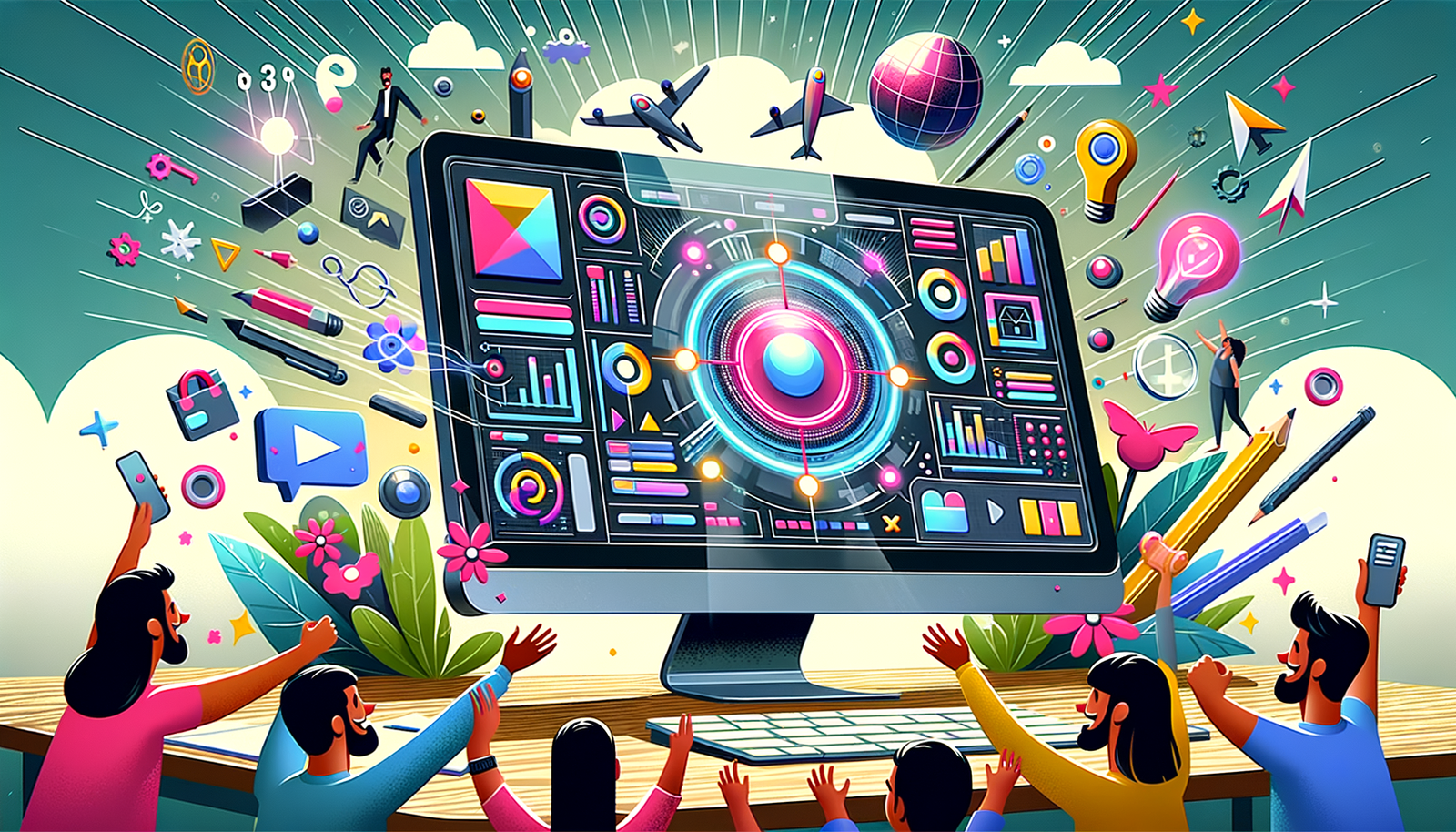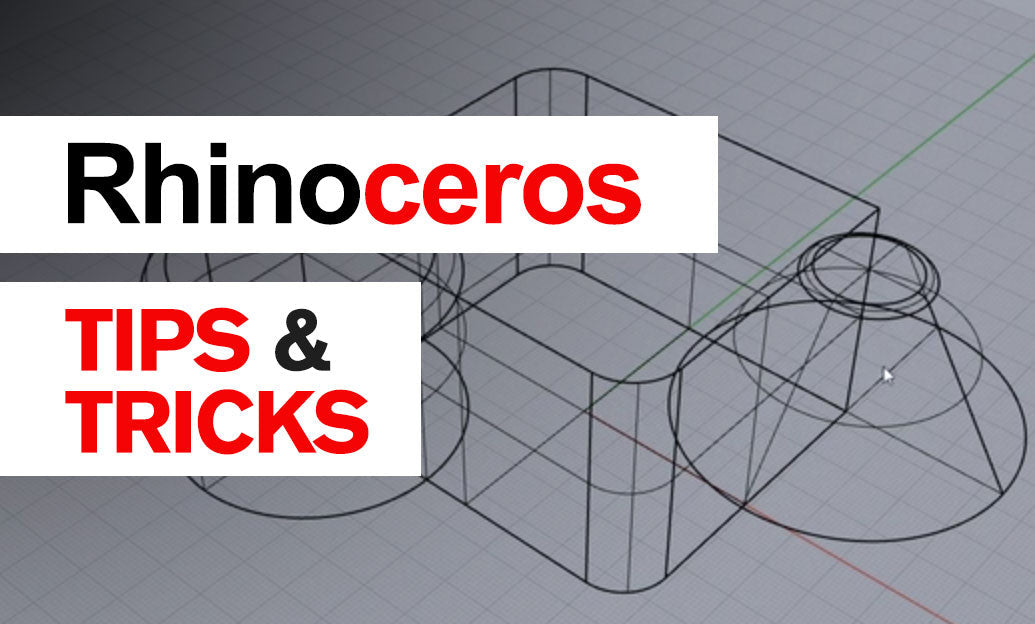Your Cart is Empty
Customer Testimonials
-
"Great customer service. The folks at Novedge were super helpful in navigating a somewhat complicated order including software upgrades and serial numbers in various stages of inactivity. They were friendly and helpful throughout the process.."
Ruben Ruckmark
"Quick & very helpful. We have been using Novedge for years and are very happy with their quick service when we need to make a purchase and excellent support resolving any issues."
Will Woodson
"Scott is the best. He reminds me about subscriptions dates, guides me in the correct direction for updates. He always responds promptly to me. He is literally the reason I continue to work with Novedge and will do so in the future."
Edward Mchugh
"Calvin Lok is “the man”. After my purchase of Sketchup 2021, he called me and provided step-by-step instructions to ease me through difficulties I was having with the setup of my new software."
Mike Borzage
Next-Gen UX/UI Design Tools for Enhanced User Experiences
September 19, 2024 4 min read


The Evolution of UX/UI Design Tools
The journey of UX/UI design tools has been a fascinating evolution, shaped by the need to create more engaging and effective user experiences. Early tools were often rudimentary, focusing more on basic wireframing and static designs. Traditional UX/UI design methods relied heavily on manual processes, making it challenging to iterate and respond to user feedback swiftly.
One of the significant limitations of these early design tools was their inability to address the complexity of modern user experiences. This was particularly evident as the digital landscape expanded, and user expectations grew more sophisticated. The tools lacked features for interactive prototyping, real-time collaboration, and advanced usability testing, which are essential for developing intuitive and user-friendly designs.
However, technological advancements have dramatically transformed the UX/UI design landscape. The introduction of new technologies, such as AI and machine learning, has brought about a paradigm shift. These advancements have enabled designers to harness powerful analytics and predictive modeling, significantly enhancing the efficiency and effectiveness of the design process.
Additionally, the rise of mobile and web technologies has reshaped design requirements. Designers now need to account for various screen sizes, resolutions, and interaction patterns. This has led to the development of responsive design principles and tools that can adapt to these evolving needs, ensuring a seamless user experience across different devices.
Core Features of Next-Gen UX/UI Design Tools
In the realm of next-gen UX/UI design tools, several core features stand out, revolutionizing how designers approach their work. One of the most significant advancements is the integration of AI and machine learning.
AI-driven analytics have become instrumental in refining user experience designs. These tools can analyze vast amounts of user data, identifying patterns and preferences that inform design decisions. For instance, predictive design suggestions based on user behavior analytics can help designers anticipate user needs and create more intuitive interfaces.
Another critical feature of modern UX/UI tools is enhanced prototyping capabilities. These tools offer robust features for creating high-fidelity prototypes that closely mimic the final product. Real-time collaboration and feedback loops are now standard, allowing designers to work together seamlessly, regardless of their physical location. This collaborative environment accelerates the design process and ensures that all stakeholders are aligned.
Usability testing and user feedback integration have also seen significant improvements. Built-in usability testing functions allow designers to test their designs with real users early in the process. This early testing helps identify potential issues and gather valuable feedback, which can be directly integrated into the design process. This iterative approach ensures that the final product meets user expectations and provides a superior user experience.
Enhancing Collaboration and Workflow Efficiency
Collaboration and workflow efficiency are crucial for successful UX/UI design projects. Next-gen tools have introduced various features to support remote collaboration, which has become increasingly important in today's distributed work environment.
Remote collaboration tools enable distributed design teams to work together in real-time. Features like real-time co-design and version control ensure that everyone is working on the latest version of the design, minimizing conflicts and enhancing productivity. These tools also support seamless communication, making it easier for team members to share ideas and provide feedback.
Another essential aspect is the interoperability with other design and development tools. Modern UX/UI design tools are designed to integrate seamlessly with other tools used in the design and development process. This interoperability supports various file formats and data exchange protocols, ensuring a smooth workflow from design to development and deployment.
Efficiency in design iteration is another area where next-gen tools excel. Streamlined processes for quick iteration and testing enable designers to make rapid adjustments based on user feedback and testing results. This approach minimizes the gap between design, development, and deployment, ensuring that the final product is both functional and user-friendly.
- Real-time co-design and version control
- Seamless integration with other design tools
- Streamlined processes for quick iteration and testing
Case Studies and Future Trends
The success of next-gen UX/UI tools can be seen in various real-world projects. These tools have demonstrated their ability to improve user experiences and achieve significant business outcomes. Metrics and KPIs, such as user engagement, satisfaction, and conversion rates, highlight the transformative impact of these tools.
Looking toward the future, several emerging trends are set to shape the landscape of UX/UI design tools. One of the most exciting trends is the role of emerging technologies like augmented reality (AR) and virtual reality (VR) in user experience design. These technologies offer new possibilities for creating immersive and interactive experiences, pushing the boundaries of traditional design.
Another trend is the continued integration of AI and machine learning. These technologies will become even more sophisticated, offering deeper insights and more advanced predictive capabilities. This will enable designers to create more personalized and adaptive user experiences, enhancing user satisfaction and engagement.
In summary, the evolution of UX/UI design tools has been driven by the need to create more engaging and effective user experiences. Next-gen tools have introduced several core features, including AI integration, enhanced prototyping capabilities, and built-in usability testing. These tools also support collaboration and workflow efficiency, ensuring that design teams can work together seamlessly and iterate quickly.
As we look to the future, emerging trends like AR, VR, and advanced AI will continue to shape the UX/UI design landscape. Staying updated with the latest design technologies is essential for maintaining a competitive advantage and delivering superior user experiences.
Also in Design News

Rhino 3D Tip: TransformAgain: Repeat Exact Move/Rotate/Scale Transforms Across Objects
December 26, 2025 2 min read
Read More
Cinema 4D Tip: Connect Objects + Delete for clean, export-ready meshes
December 26, 2025 2 min read
Read More
Revit Tip: Revit Conceptual Mass Workflow: Setup, Parametrics, and Conversion
December 26, 2025 2 min read
Read MoreSubscribe
Sign up to get the latest on sales, new releases and more …


